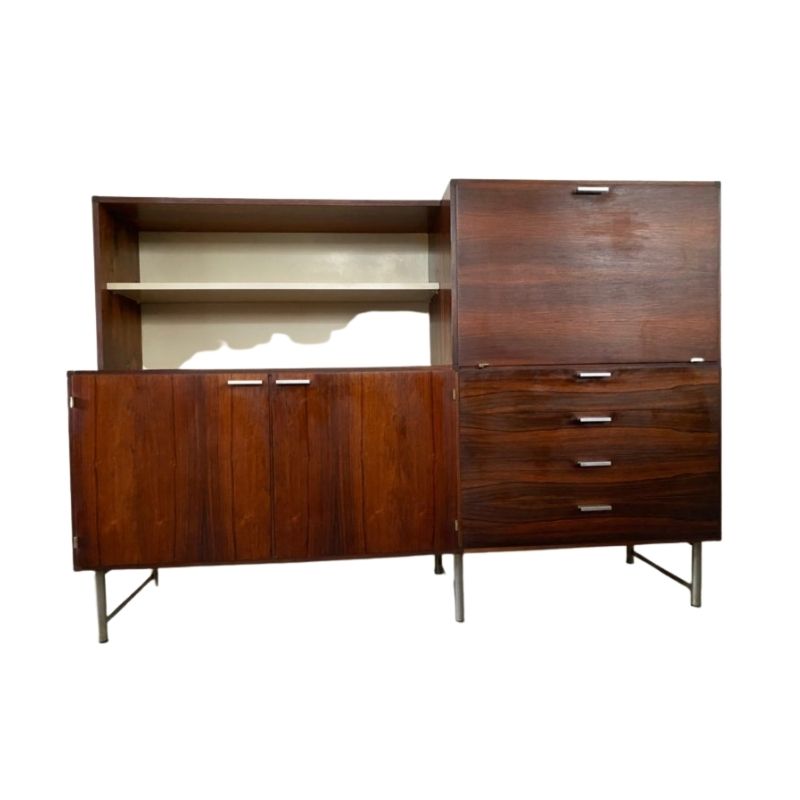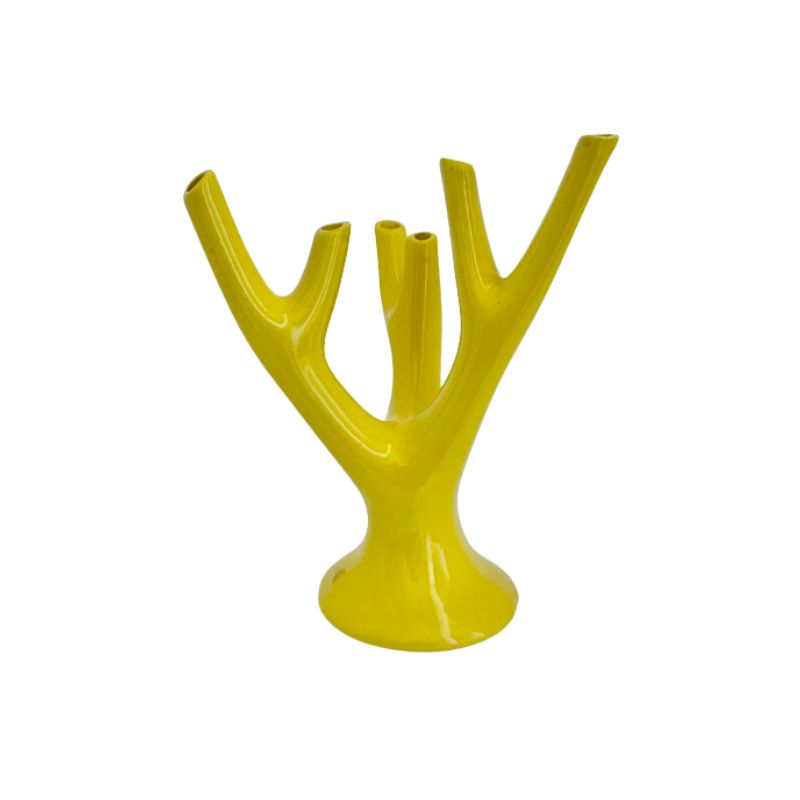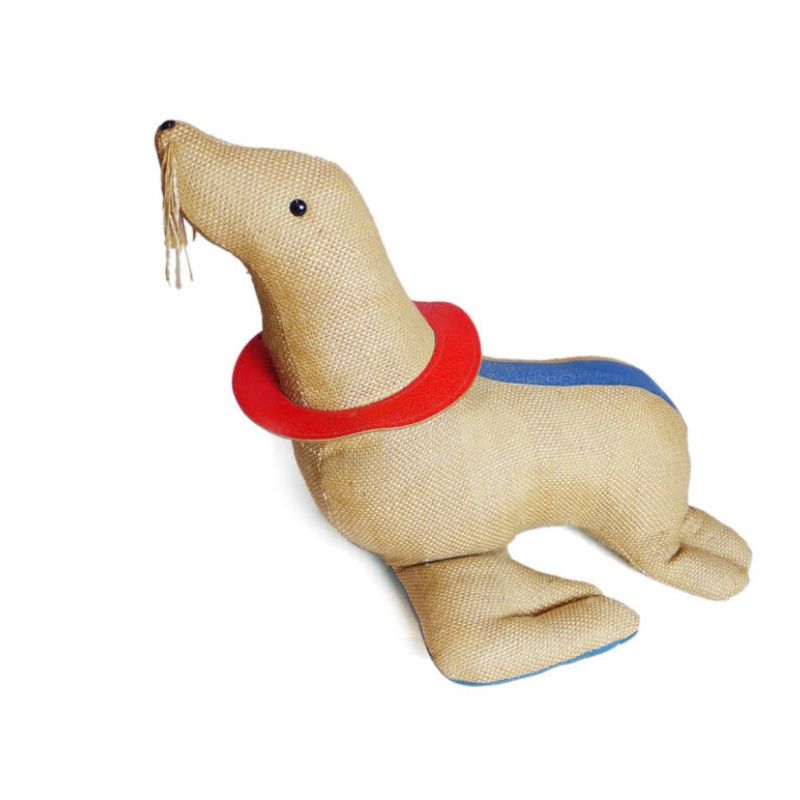International standards are pretty good
If I recall correctly, as much as 10% of sea freight volume is lost due to differently sized pallets. And that is just one part of the total increase in trade costs resulting from the many different pallet sizes:
"The multiplicity of pallet sizes increases trade costs because goods have to be depalletized and repalletized resulting from differences in pallet sizes. The additional
handling operations increase delivery time and cost. The cost of different pallet standards can even be more dramatic when products loaded on one pallet cannot be imported because of the incompatibility of the handling machinery or because the pallet does not satisfy the requirements of the destination country.
[...]
As the case of bananas shows, the multiplicity of pallet sizes increases trade costs significantly - 21% in the case of Ecuadorian bananas."
Source: Raballand, G. & Aldaz-Carroll, E (2005). How Do Differing Standards Increase Trade Costs? The Case of Pallets. World Bank Policy Research Working Paper No. 3519 (available from http://papers.ssrn.com/sol3/papers.cfm?abstract_id=665064).
http://papers.ssrn.com/sol3/papers.cfm?abstract_id=665064
"imperial" measurement
isn't a pejorative, Barry, that's just the correct term for what I called "English". . .
http://en.wikipedia.org/wiki/Imperial_units
proportions
Having to work in both systems I guess I became fluent in both and after a short period of adaptation I have never seen it as a problem. Maybe the fact that in the post war years all wood measurements in my father?s workshop were imperial (at least until the late sixties) has helped me.
I actually find it strange that pallets are used as an example of incompatibility. In fact the 48" x 40" is the same as the 1200 x 800 mm (Europe) and the 42" x 42" is the same as the 1100 x 1100 mm (Asia). The major problem is not the difference between the different systems, but the incompatibility with the container size. The ideal pallet would be 776 mm x 1150 mm or 30" x 46". It would allow either two in the width or three in the width of a container, depending on the direction (container width is 2330 mm or 94") and 5 in the depth of a 20' container (5918 mm deep) or 10 in a 40'container (12015 mm deep) Right now neither of the pallet systems works with the container system. Containers coming out of the far east usually do not use pallets because labor is cheap and a pallet takes space in the height. But more and more north american and European importers specify that the goods have to be on pallets so it is time to have a second look at pallet sizes. For those familiar with logistics, most handling equipment is flexible enough to handle all the measurements, the major problem is not format but construction. Some pallets are two way, others are one way, the well build two way pallets usually have a cross member on the ground which is a nuisance when the forks are supported by front wheels... a common feature in narrow alley warehouses and side loaders Etc.
I think that a far more interesting aspect of the two systems, at least from a design point of view, is that the use of different units leads to different proportions. In fact any trained eye can see right away if a product has been designed in the metric or in the imperial system simply because different units and, as SDR pointed out, the use of fractions in one system and decimals in the other leads to different choices in proportions.
koen, thanks for elaborating...
koen, thanks for elaborating so thoughtfully on the rather fascinating subject of pallets. Yes, it mainly comes down to container sizes (which are standardised), and construction (there is a four way pallet as well).
It may be worth noting, though, that the picture I posted shows only the six international pallet size standards (ISO 6780). They are based on the most commonly used sizes around the world. Of these six, four are metric and two are imperial. There are far more sizes still in use. As the linked source notes:
"In the U.S., one-third of the market uses 48 x 40 inch pallets. The next most common size is used by less than 6% of the U.S. market. There are hundreds of different pallet sizes, which is fine for domestic use. But once you start moving shipments globally, it forces countries to re-palletize product that goes overseas, which adds costs to the consumer."
And as you note, poorer countries are particularly vulnerable:
"The multiplicity of pallet sizes poses a particular challenge for LDCs [Least Developed Countries] because the lack of rental and exchange pallet markets limit LDC's ability to comply with differing pallet size standards in destination markets. The low value added of the products
carried on pallets from LDCs makes their exporting firms more sensitive to the increases in trade costs resulting from the multiplicity of pallet sizes."
Also an interesting observation on the potential effect of a change from one system to the other on proportions (and maybe more). I wonder if this could explain the difference between some of Herman Miller's and Vitra's Eames pieces? As an example, the LCW differs rather obviously between the two.
http://www.mmh.com/article/CA6314216.html
In our (work)shops
one gets used to an inch being about 25.4 mm -- and of course a meter is not much bigger than a yard, for rough estimating of longer distances.
The palletization info is interesting and (as usual) not readily available, but for Koen's link between us and the larger world ! Now, what about pallet material and construction ? Only the re-use of pallets and/or their wood makes pallets anything but a green disaster, doesn't it -- somewhat akin to the constant making and recycling of cardboard, except the re-use statistic is radically different, isn't it ? Cardboard is widely (?) recycled, giving work to the marginalized, while many pallets are re-used as is ?
Too many sunk costs...
and too much strategic leverage in maintaining the distinction in standards for USA to ever completely let go of the English standards.
What keeps USA from dropping the English standard is the same thing that kept Europe balkanized by different languages, different engineering standards, different etc. for so long.
What keeps USA from dropping the English standard is the same thing that keeps the EU from dropping Linux, or USA from dropping Windows. Legacy systems, standards, etc. have sunk costs key players do not want to absorb until they absolutely have no choice.
Now, if Europe wants to PAY USA huuuuge dollars to underwrite the conversion (write off sunk costs and retrain a population of workers), and if Europe wants to grant USA the same authority and control over the Metric system of standards that USA holds over the English system of standards, well, then I reckon USA would only be too happy to convert.
Personally, I prefer Kelvin and Base 5, to Celcius and Base 10. Do you think Europe would be willing to convert for me? Or would they raise the issue of sunk costs and retraining costs as too prohibitive to make the change? 😉
I also prefer either Windows, or Apple to Linux. Do you suppose Europe would be willing to dump Linux, and bring its state bureacracy, and especially its intelligence organizations onto either a Windows, or Apple standard? 😉
I feel your frustration, Heath, but reality is bigger than your frustration, and mine too.
reality is millions of people...
reality is millions of people, business and governments being frustrated, losing money and wasting resources, but simply accepting the problem becuase it allways been there, its so ingrained people don't even notice it.
The US is a keystone nation when it comes to imperial measurements, I think if it changed problems like pallet sizes etc would slowly resolve, a good proprotion of US industry already uses metric.
As for the diversity argument... well a yamulke might me 25cm dia and a stetson might be 35cm but they're still yamulkes and stetsons.
Case in point--beds
I am getting really frustrated trying to figure out which, if any, beds I should move to Lausanne when we move house in February. The bed size conversion chart on Wikipedia is enough to make me want to drink heavily. I think the chart is trying to tell me that my California King, which is 72 inches by 84 inches, is just too long to fit any sheets over there, right? Do any of you European DA's know if you can buy sheets anywhere that are longer than 200cm? I guess I could just stock up on sheets here before I go, sorry for whining! I think this is just going to be the first of many "incompatibility" issues I am going to come across.
Hi
Riki
The White Company do a size called Emperor that would fit your California King.
The real incompatibility is with mattress sizes, even between UK and European.........
http://www.thewhitecompany.com
If you need any help, please contact us at – info@designaddict.com









